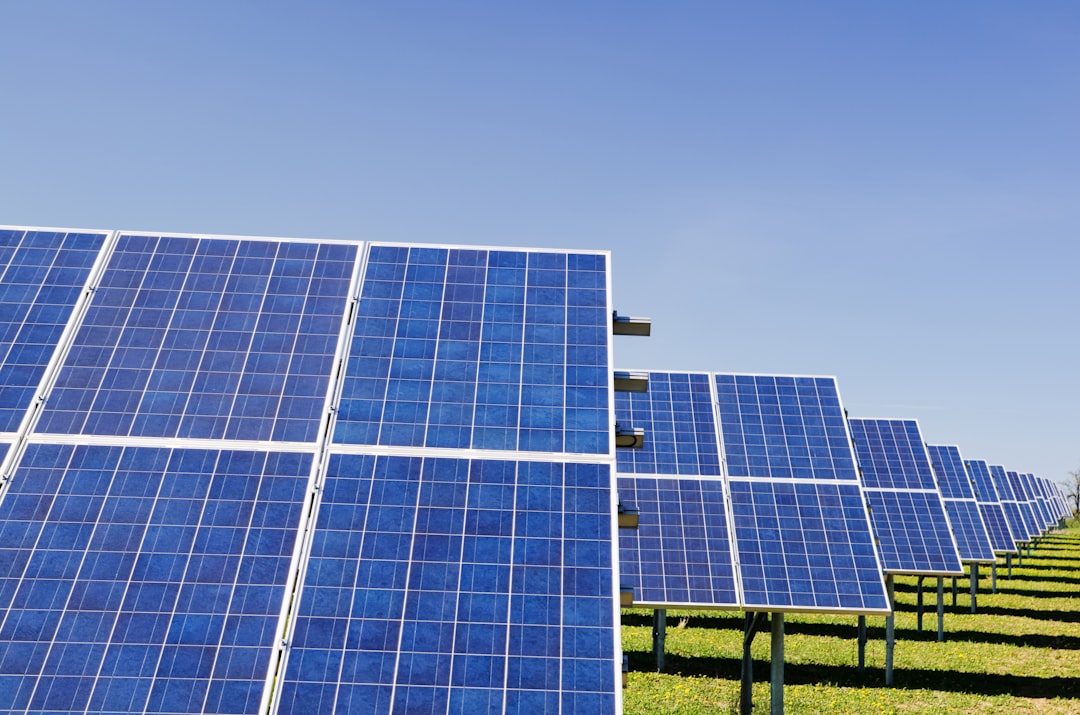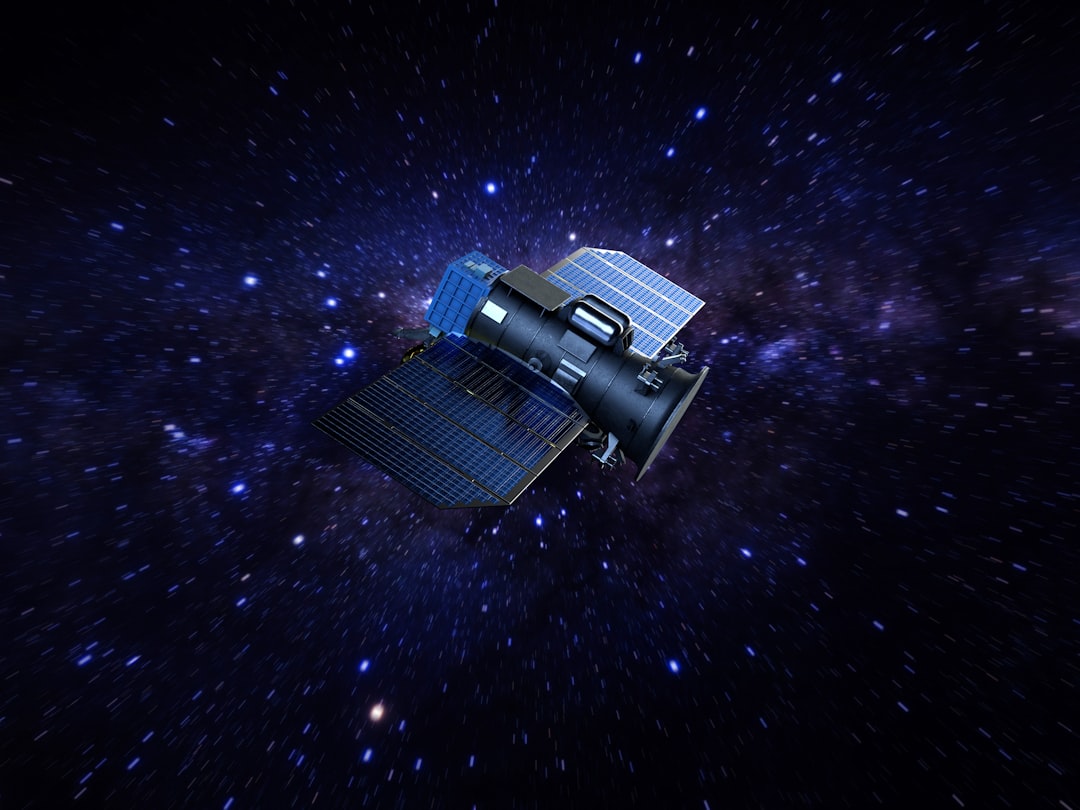Contents
Introduction
Environmental Impact
Affordability
Scalability
Concluding Remarks
Bitesize Edition
We continue the solar masterclass with an exploration of the environmental impact, affordability, and scalability of solar-powered systems.
Solar is known as a renewable energy resource and hence is accepted as a clean production method that will save the entire planet singlehandedly. (sarcasm detected). Of course, it’s a part of the solution, but not the entire solution. There are still aspects of solar panel production and manufacture in which our impact on the environment needs to be considered, such as extraction of materials and waste at end-of-life. But, solar is much cleaner than fossil fuel alternatives.
When it comes to analysing costs, there are many methods. LCOE has been artificially reduced by the period of low interest rates since 2008 when considering energy projects, but solar has also reduced in cost per watt and possesses one of the lowest ratios of energy returned on energy invested (EROEI) of any production method.
Finally, solar panels can be used in a variety of situations, from individual homes to large solar farms. However, we’re not fulfilling our potential, with the power of the sun limited here on Earth. Heading space-bound would improve this greatly. We’re also limited by land space on Earth. A field containing a solar farm could be used for alternative endeavours, and even if we build a great, big solar farm, are we producing too much power that we don’t have the capacity to store for later use? Storage devices still need improvements as we’ve discussed previously.
After that short nibble, let's dive into the full piece.
Introduction
We continue the solar masterclass today, diving into the environmental impacts, affordability, and scalability of solar systems.
Solar Masterclass – Part 1
Contents Introduction Efficiency of Solar Power Multi-Junction/Tandem Cells Thin-Film Cells Perovskite and Bifacial Cells Solar Panels In Space Concluding Remarks

Environmental Impact – We already know solar cells are clean and renewable when operating. How much environmental impact occurs in the manufacturing process? In any manufacturing process, the environmental impact depends on the methods used to produce the energy required to construct the item, in this case, a solar panel. A circular solar economy could theoretically lead to solar power being used to produce the electricity needed to construct solar panels, as well as other renewable sources. However, this would also require recycling and waste reduction.
Solar panels also require the extraction of the materials used within. As we discussed last week with innovative solar panels such as gallium arsenide (GaAs), some materials are more difficult to mine than others. We’ve also previously experienced a silicon shortage between 2005 and 2008. As a key component of many solar panels, as well as semiconductors, securing supplies of silicon will be vital for those wishing to continue to innovate.
Finally, waste produced during manufacturing and at the end-of-life of solar panels also needs suitable handling, especially as the industry grows in size.
When considering solar panels, we achieve better efficiencies in space, as detailed in part 1 of my solar masterclass. What impacts could this have on the environment? We’ve seen satellites destroyed creating debris fields in space. Could the same be done for solar panels?
Keep reading with a 7-day free trial
Subscribe to Geopolitics Explained to keep reading this post and get 7 days of free access to the full post archives.



